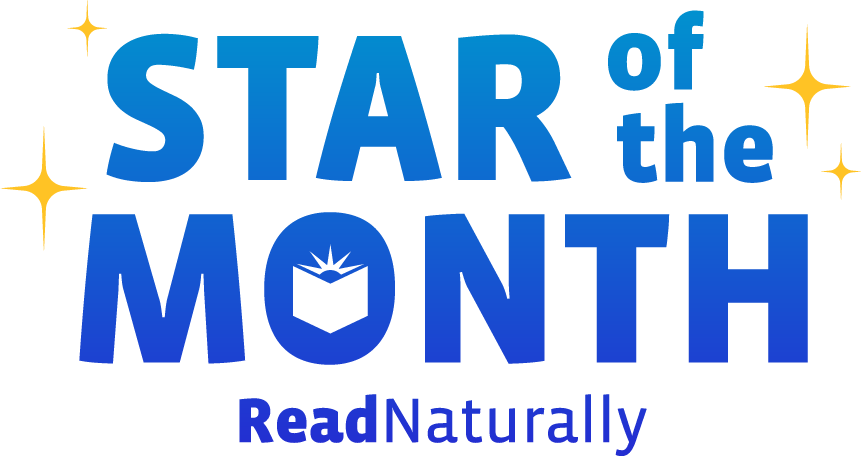One of my favorite teachers of all time wasn’t my teacher—at least not officially. His name was Teacher Tom, and he was my children’s preschool teacher. Somehow, Teacher Tom was consistently able to engage a classroom full of rambunctious three and four-year-olds in rich, meaningful, and conflict-free learning and play. They took turns, they cleaned up their messes, and even the shy, tentative children were relaxed and confident in his classroom. How did he do it? The other preschool parents and I wondered if he might have superpowers.
Read more It was the first day of the semester, and my Creative Writing professor asked us to introduce ourselves to the class. As part of the introduction, we were to name the book we were currently reading. I froze. I wasn’t reading a book at the time. It had been a busy month, and I hadn’t taken the time to read anything beyond a few news articles and the back of the cereal box. As my turn approached, I weighed my choices. I could either lie and name a book I had read in the past, or I could tell the truth and risk making a bad first impression. I’m a terrible liar, so I chose the latter. “I’m not actually reading a book at the moment,” I said, nervously.
Read more Last week, my second-grade son’s teacher wrote the following in her weekly email to parents: “February is the time of year that we all get a little ‘too comfortable’ with our friends and the routines.” She encouraged us to remind our children to listen to directions and to make kind, respectful choices. It is wonderful that the students are feeling comfortable at school—but when “too comfortable” leads to loss of focus and waning respect for the rules, teachers and parents need to help the students find their way back.
Read more Back when Read Naturally founder Candyce Ihnot would present at full-day seminars, she would often start by telling a story about her youngest child, Tommy. One day, Tommy came home from elementary school and angrily declared, “I hate school.” Tommy was the son of two schoolteachers—his declaration was basically blasphemous! When Candyce asked him to explain why he hated school, his lip started to quiver. He told his mom about independent reading time. “She doesn’t even know,” he said of his teacher, “I can’t read.”
Read more Each year, new educators set foot in their own classrooms for the very first time. These newly trained educators are eager to put their skills to use and make a positive impact. Are they prepared?
Read more “What does it take to raise reading achievement in a whole school?” A classroom-teacher-turned-reading-coach recently asked this question to one of our favorite experts on literacy, Tim Shanahan. As usual, his answer was detailed, thoughtful, and full of important insights.
Read more This month, we’d like to highlight what makes our Read Naturally GATE (Group and Tutoring Edition) program so successful. Instead of telling you ourselves, we decided to ask an expert out in the field.
Read more I was recently talking with a mother of twins who admitted that her biggest struggle was not having enough one-on-one time with each twin. I thought of classroom teachers and how they struggle with the same thing. Wouldn’t you love to spend more individual time with each of your students? Unfortunately, it’s not always possible. And yet, Read Naturally’s placement procedure requires just that. The placement assessment asks you to sit with one student at a time, sometimes for several minutes. What if you just don’t have time?
Read more Do you have students who confuse one letter with another letter? For example, a student might incorrectly read big for the word pig or dig. A student can easily confuse lowercase letters like b, d, p, and q. This is because each of these letters has an overall form that is identical or very similar to another letter’s form when rotated, flipped, or reversed.
Read more A good educator finds strategies and programs that work and implements them in the classroom. A great educator begins with an effective strategy or program and then develops ways to extend the learning even further. Kristin McDaniel, a first-grade teacher in San Juan Capistrano, CA, is one of the great ones. Pleased with the results she was seeing from Read Naturally’s spelling program, Signs for Sounds, Kristin asked herself how she could capitalize on her students’ momentum. Was there a way to reinforce and solidify their understanding of the word patterns and high-frequency words featured in the program?
Read more  Share your student’s success story—nominate him or her for our Star of the Month award. Win a Barnes & Noble gift card for the student and a Read Naturally gift certificate for your class!
Share your student’s success story—nominate him or her for our Star of the Month award. Win a Barnes & Noble gift card for the student and a Read Naturally gift certificate for your class!